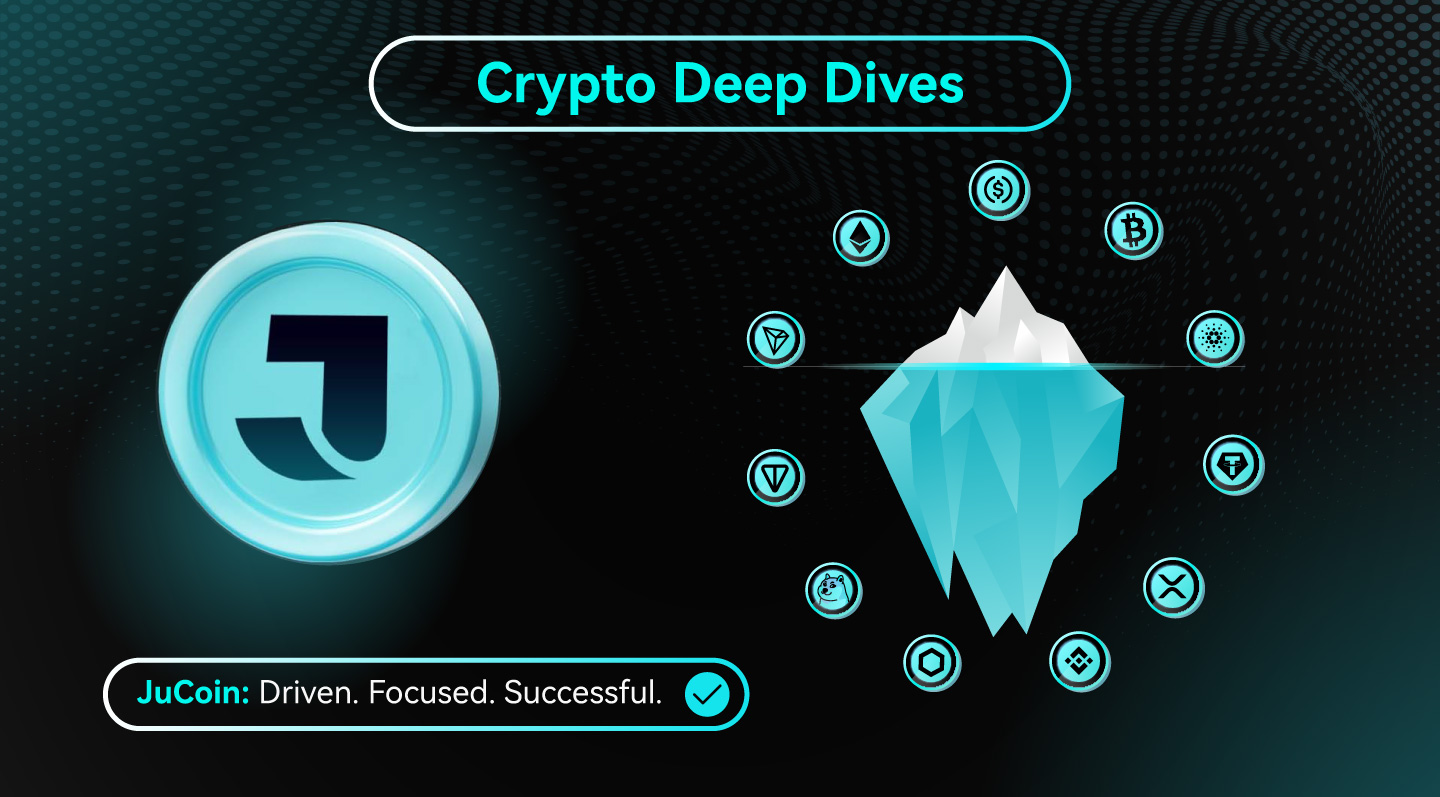
Key Takeaways
- Unlike TradFi, DeFi has no true risk-free rate—every yield comes with tradeoffs and potential pitfalls.
- Pseudo-safe options exist, such as AAVE, Curve, and tokenized T-bills, but all still carry technology, governance, and market risks.
- DeFi’s high yields attract a global user base, including non-U.S. investors, crypto whales, and the unbanked, all seeking alternatives to traditional finance.
- Yield-bearing stablecoins offer enticing returns, but investors should understand their complexity and inherent risks—there is no free lunch in DeFi.
- Before depositing funds, users must look “under the hood”: understand the protocols, evaluate risk management, and stay alert for exploits or system failures.
This Crypto Deep Dives article discusses why the concept of a “risk-free rate” does not exist in decentralized finance (DeFi), unpacks the various risks lurking behind so-called “safe” DeFi yields, and provides practical guidance for users seeking on-chain yield opportunities. From tokenized T-bills to blue-chip lending protocols and yield-bearing stablecoins, every product comes with its own tradeoffs, and users must remain vigilant to avoid costly surprises.
Introduction: What Is the Risk-Free Rate?
In traditional finance, the “risk-free rate” is a bedrock concept: it’s the return on an investment assumed to have zero risk of loss, typically benchmarked by U.S. Treasury bills. The logic is simple: the U.S. government, with the power to print dollars, backs the debt, creating a virtually bulletproof asset. This rate anchors financial modeling, valuation, and the entire lending system.
But what about DeFi, where decentralization and code rule? Can a risk-free rate even exist on the blockchain?

Why DeFi Has No True Risk-Free Rate
In decentralized finance, “risk-free” is largely an illusion. No protocol or asset is truly immune to loss. The lack of a central bank, government backstop, or regulatory protections means even blue-chip platforms are exposed to:
- Rug Pulls: Projects vanish overnight with user funds.
- Hacks & Exploits: Even well-audited protocols have lost millions to smart contract bugs.
- Market Manipulation: Flash loans, price oracles, and other mechanics can cause unexpected losses.
- Regulatory Uncertainty: Global policy changes can impact protocol operations and token values.
The mantra “code is law” cuts both ways: transactions are irreversible, and not all exploits are technically illegal. For new users and veterans alike, the risk landscape is complex and ever-changing.
DeFi’s “Pseudo” Risk-Free Rates: What Comes Close?
While true safety is elusive, several protocols and products offer relatively low-risk yields:
- AAVE: A blue-chip lending market, generally regarded as “safe” but still vulnerable to smart contract risk or market shocks.
- Curve Finance: Stablecoin trading and liquidity pools, which generate yield from trading fees, but still expose users to DAO governance drama and underlying asset risk.
- Tokenized T-bills (Ondo, M): On-chain representations of U.S. Treasury bills offering 3-4% yields, but subject to both DeFi and TradFi risks.
Each of these “safe harbors” carries smart contract risk, market volatility, or governance issues. No yield is truly guaranteed; users must always do their own diligence.
Who’s Chasing DeFi Yields?
On-chain “savings” opportunities attract a diverse set of users:
- Global Investors: Seeking U.S.-style yields beyond traditional banking restrictions, especially in regions with capital controls or banking instability.
- Crypto Whales: Leveraging decentralized finance to earn yield without liquidating core positions or triggering tax consequences.
- The Unbanked: Gaining access to USD-denominated savings products is often unavailable in their local economies.
As stablecoins and mobile wallets proliferate, Decentralized finance’s reach continues to grow, prompting even major banks to pay attention.
Yield-Bearing Stablecoins: Opportunities and Risks
Yield-bearing stablecoins (YBS) offer stable value and attractive APYs—sometimes 6-12% or more. But with higher yield comes higher risk:
- Active Management: Yield is sourced from lending, trading, and risk-taking activities, not risk-free government bonds.
- Redefining Stablecoins: At what point do yield-bearing stablecoins become investment products rather than simple “dollar proxies”?
- Risk-Return Tradeoff: If the yield looks much higher than U.S. Treasuries, expect that risk is hiding somewhere in the product’s design.
Common DeFi Yield Strategies (and Their Risks)
- RWA-Backed: Using real-world assets as collateral—more secure, but still reliant on off-chain enforcement and market health.
- Crypto-Backed: Stablecoins issued against volatile assets; effective until collateral value crashes during market stress.
- Wrapped Stablecoin Yields: Earning interest on vanilla stablecoins via lending markets and then wrapping these positions to use as collateral—creates “stacked” risk across protocols.
- Delta-Neutral/Synthetic: Complex positions aiming for riskless profit, but vulnerable to fees, slippage, and execution errors.
- Algorithmic Strategies: Automated rebalancing and yield maximization—efficient, but exposed to bugs and market surprises.
- Tranched Products: Layered risk—if you’re in the “safe” tranche, remember your money may be the insurance for higher-risk investors above you.
What DeFi Users Must Know Before Depositing
- No Free Lunch: If the yield is much higher than government bonds, it’s not risk-free—dig into the source of the return.
- Smart Contract Audits Matter: But no audit is perfect. Know which protocols have been stress-tested over time.
- Understand Tokenomics: Check for hidden risks like liquidity mining schemes, token unlock schedules, or poorly designed incentives.
- Diversify: Don’t put all your eggs in one protocol. Spread risk across different platforms and strategies.
- Stay Informed: DeFi evolves quickly; keep up with project updates, exploit reports, and changes in market conditions.
Conclusion: DeFi’s Yield Comes With a Cost
There is no such thing as a “risk-free rate” in decentralized finance; every yield involves some risk, whether it’s smart contract bugs, market volatility, or governance failure. Tokenized T-bills are a step closer to TradFi safety, but remain exposed to both on-chain and off-chain shocks. Yield-bearing stablecoins, lending platforms, and DAOs each have their own risk profiles, so users must balance opportunity and caution.
DeFi’s promise is higher yield, greater access, and financial innovation—but all come at a price. The bottom line? Always check the chain, know the risks, and never confuse high yield with guaranteed safety.






